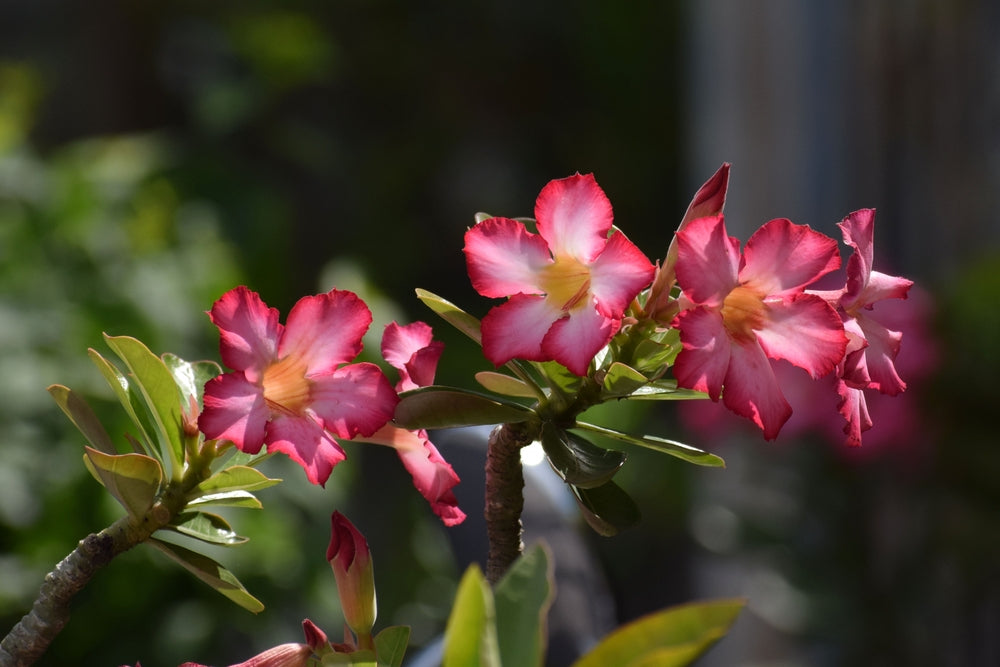If you’ve ever looked at the Bird of Paradise plant and mistaken it for an actual bird, you’re not alone which is probably why it was given its name in the first place! Its absolutely striking resemblance to the tropic bird makes it a thing of beauty and curiosity.
So, if you’re looking to bring stunning tropics home into your urban spaces, look no more because the Bird of Paradise will make for the perfect addition to all your tropical plant collections, even if you’re just starting one. Here is everything you need to know about it!
• Etymology and History of the Strelitzia Reginae

The Bird of Paradise plant, scientifically known as Strelitzia reginae, originates from South Africa and owes its scientific name to Queen Charlotte of Mecklenburg-Strelitz. Introduced to Europe in the 18th century, its vibrant, avian-like flowers garnered widespread admiration during the Victorian era. The Strelitzia reginae variety is particularly famous for its bright orange and blue hues, capturing the essence of a tropical paradise.
Today, the Bird of Paradise is a globally cherished ornamental plant, celebrated for its adaptability and aesthetic charm in both indoor and outdoor settings – all with good reason.
The Bird of Paradise plant is also rich in symbolism, representing freedom, beauty, and magnificence.
• Benefits of the Bird of Paradise Plant
1. Air Purification
The large leaves of the Bird of Paradise act as natural air purifiers and effectively remove toxins like formaldehyde and benzene from the air. This helps purify indoor air and leaves you with a cleaner, more relaxing environment. This also makes it perfect for spaces with lesser ventilation.
2. Low Maintenance
The Bird of Paradise plant is robust and resilient, making it suitable for both novice and experienced gardeners. It thrives in a variety of conditions and requiring minimal care, which means that it can withstand being given less attention for a while longer than the rest.
3. Adaptability
The Strelitzia reginae is well-suited for indoor environments, adding beauty and tropical charm to living spaces. It is also tolerant of different light conditions and temperature ranges.
4. Aesthetic Appeal
The striking, avian-like Bird of Paradise flowers and impressive foliage work very well to enhance interior decor. With its stunning features, this plant adds a touch of the tropics to indoor spaces, transforming them into visually appealing sanctuaries.
5. Psychological Well-being
Indoor plants, including the Bird of Paradise, contribute to stress reduction and improved mood. Connection to nature within indoor spaces positively impacts mental well-being and leaves you feeling more rejuvenated and refreshed, which allows you better focus and concentration.
• Bird of Paradise Plant Care: Growing Birds of Paradise
a. Lighting
This tropical plant thrives in bright, indirect light and direct sunlight can often scorch the robust leaves. Remember to get your Paradise plant at least 4-6 hours of bright light every day to ensure optimal growth. For this, you can place it near a window with filtered sunlight.
2. Watering

Maintain a consistent watering schedule and allow the soil to dry out between watering sessions. Over-watering can lead to root rot, so moderation is key.
3. Soil
Use a well-aerated potting mix to prevent waterlogging and ensure that the soil continues to have good drainage. For good growth, a slightly acidic to neutral soil pH is suitable for the Bird of Paradise.
4. Temperature and Humidity
These plants prefer temperatures between 65°F to 70°F (18°C to 24°C) and can tolerate slightly lower temperatures. Adequate humidity is crucial, especially in drier climates. Mist the leaves regularly or use a humidity tray to maintain the required moisture levels.
5. Fertilization
Fertilize the plant during the growing season (spring and summer) with a balanced liquid fertilizer to encourage robust foliage. During the dormant seasons, you can reduce or eliminate fertilization.
6. Pruning:
You should trim yellow or damaged leaves to maintain plant health and also prune to control size and promote an attractive shape.
Like many other plants, the Bird of Paradise plant has its varieties. The Strelitzia nicolai is another variant of this plant, and it is otherwise called the White Bird of Paradise. It blooms with the most stunning white tropical flowers that also resemble tropical birds.
As a low-maintenance plant, the Bird of Paradise indoor plant can very well thrive and give you the most wonderful displays of a tropical paradise. However, you must remember that these plants mostly do not flower when kept indoors. But if you're lucky, you might just see what the whole world of garden enthusiasts wants to!















